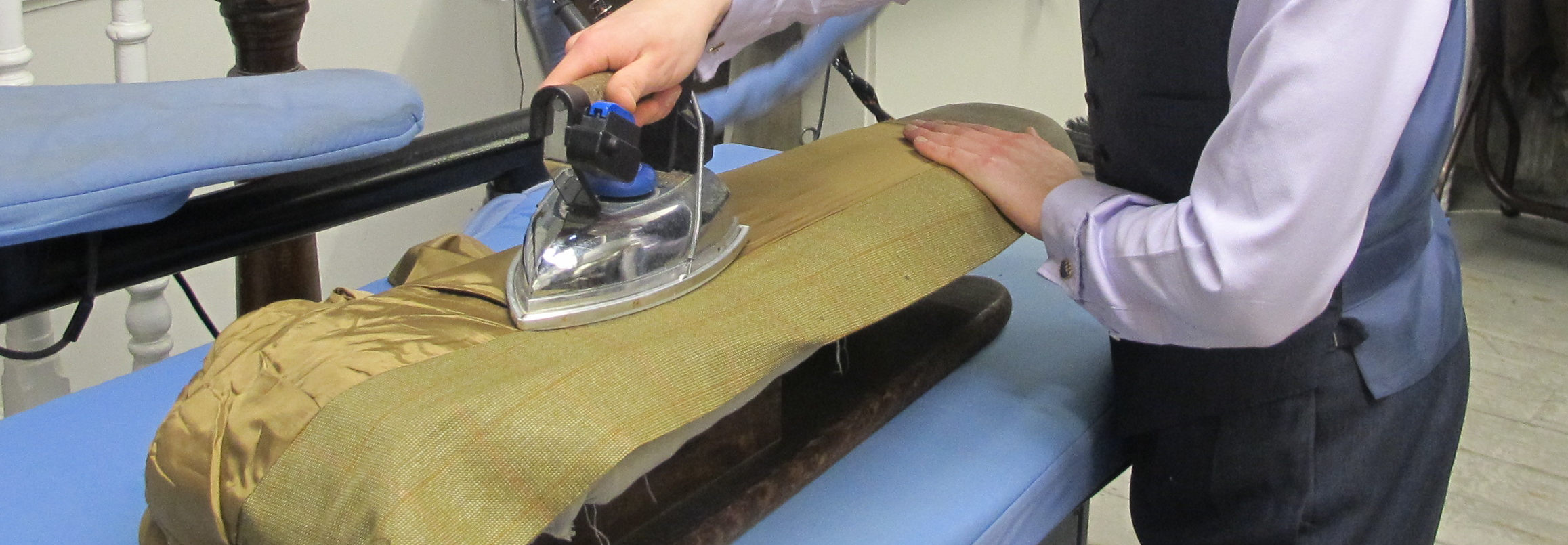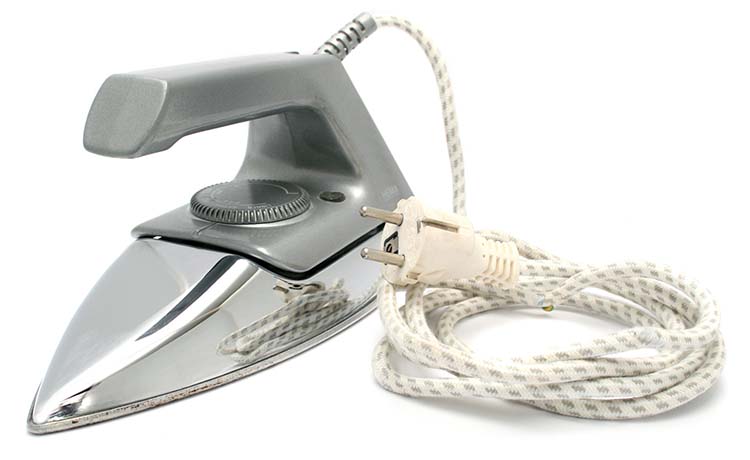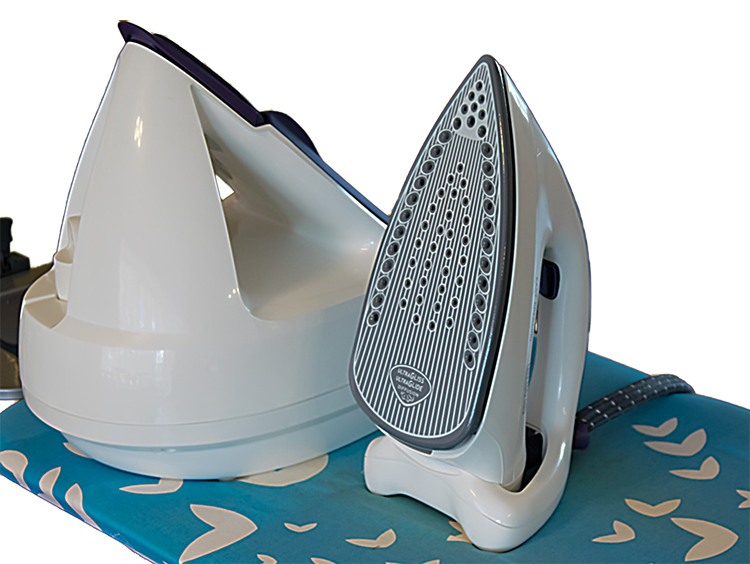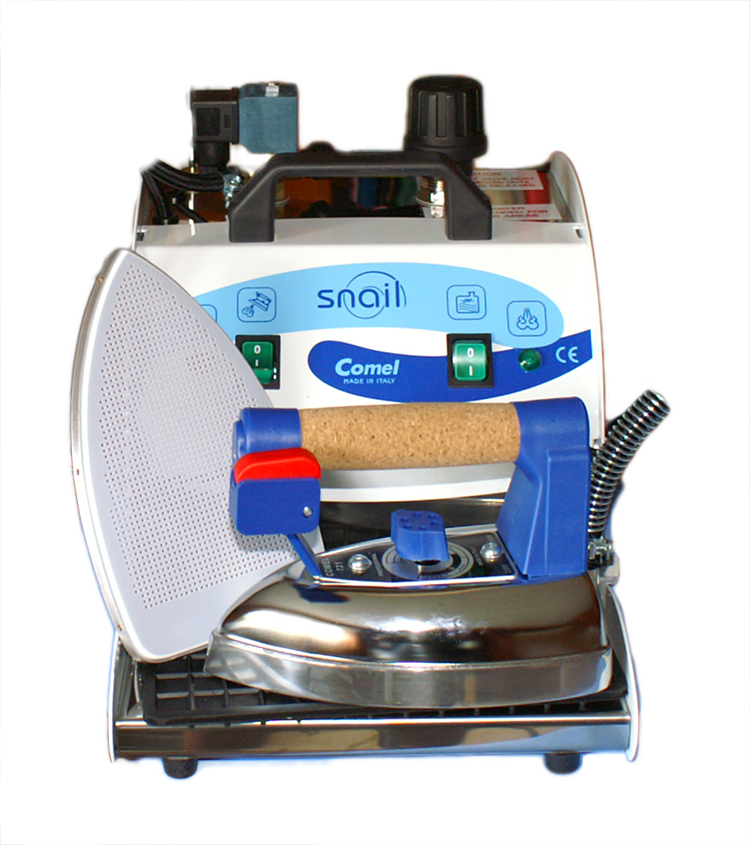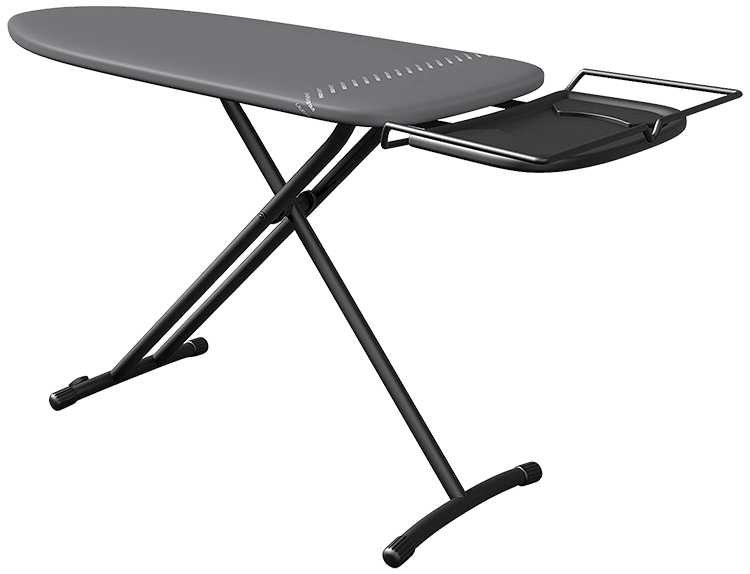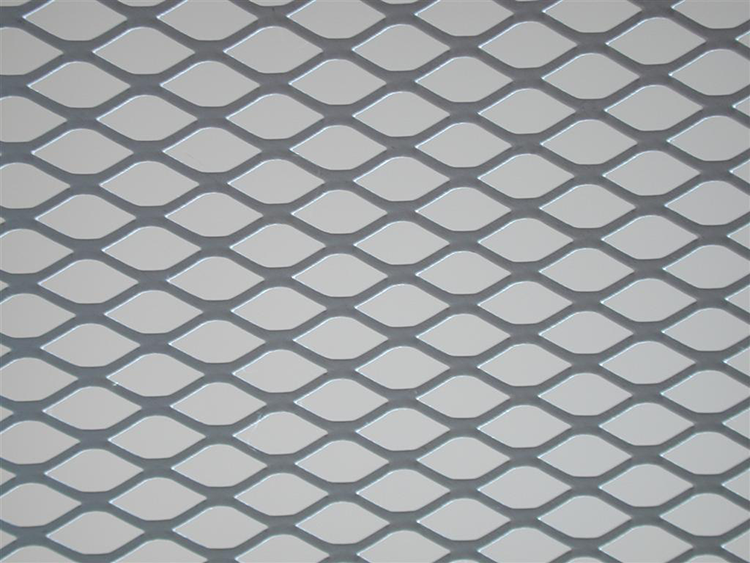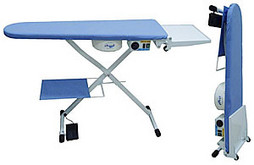Irons and Boards
There are different types of iron that, traditionally, have been used for different jobs. In tailoring many differing shapes and sizes of iron are made, but for general ironing there are more limited choices. Here at DrClean we aim both to explain the differences between irons and give you the opportunity to purchase professionally styled irons, that can give you that professional look with your clothes, while saving huge amounts of time while ironing.
There are also numerous ironing boards to choose from and the major difference between most is in the covering that you iron on. However, once again there is a difference between professional and household boards and as you might expect, the professional board gives far better results while saving you both time and effort.
Here we describe irons and boards so you can take an informed decision on which would be best for you.
